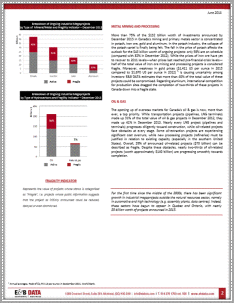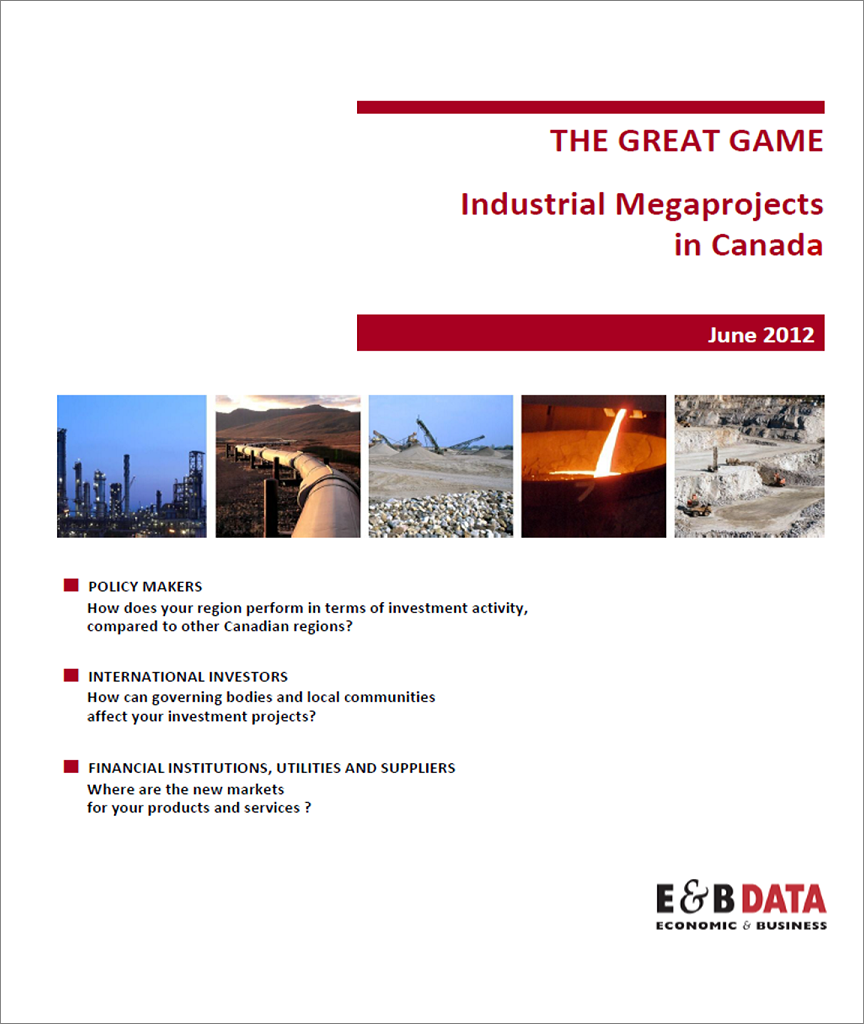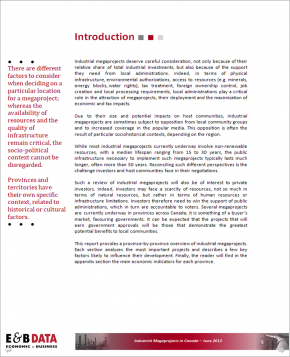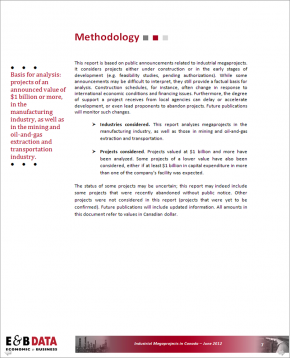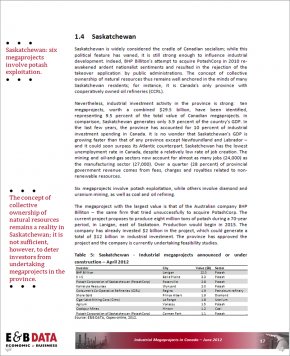|
Industrial Capital Expenditure and Job Creation – A Weakening Link? November 6, 2014
Annual investment in Canada’s manufacturing sector has ranged between $15 and 20 billion since 2001.1 During this period, the total value of shipments increased by close to 9 percent, while total employment in the manufacturing sector dropped by almost 25 percent.2 How to account for this decrease in employment? Two factors: the evolution of Canada’s industrial structure, and productivity improvements achieved by specific industries (e.g. primary metals), where the total values of shipments (on a per-worker basis) increased, sometimes significantly (partially due to the increase in commodity prices since 2001). It seems that the jobs created by investing companies may not be enough to offset the job losses incurred by companies that have reduced production, ceased investing or closed. Therefore, we should look more closely at job creation specifically related to new capital-expenditure projects. Unsurprisingly, capital expenditures do lead to job creation. But the level of job creation is not only unimpressive, but actually in decline. A comparison of the performance of a selection of manufacturing sectors between 2000-2006 and 2007-2013 is telling: the number of jobs created per million dollars invested decreased by approximately half.3 Overall, the ratio of jobs created per million dollars invested for all manufacturing projects in Canada stood at 0.5 in 2013. Jobs permanently created per million dollars invested – Selection of manufacturing sectors – Canada – Comparison 2000-2006 and 2007-2013 Source : E&B DATA, Capex-on-line. Note : Jobs created in the context of specific capital-expenditure projects. Furthermore, it is necessary to differentiate capital expenditures in greenfield facilities and existing facilities. Obviously, investing in a new plant tends to create more jobs than investing the same amount in an existing plant. Indeed, many investments in existing facilities focus on increasing capacity or productivity, often through automation. In general, this means that while jobs may be retained or consolidated, few new ones are created. Is it realistic to continue to expect substantial employment growth with such low job-creation ratios? And given that almost half of all federal government revenue comes from personal income tax,4 is it wise to for the tax base to rely so heavily on a single input factor—labour—which is ever more costly to create and maintain? |
.
Latest Edition of After the Peaks, a Return to Normal – 2014 OTHER EDITIONS:
|
||||||||



